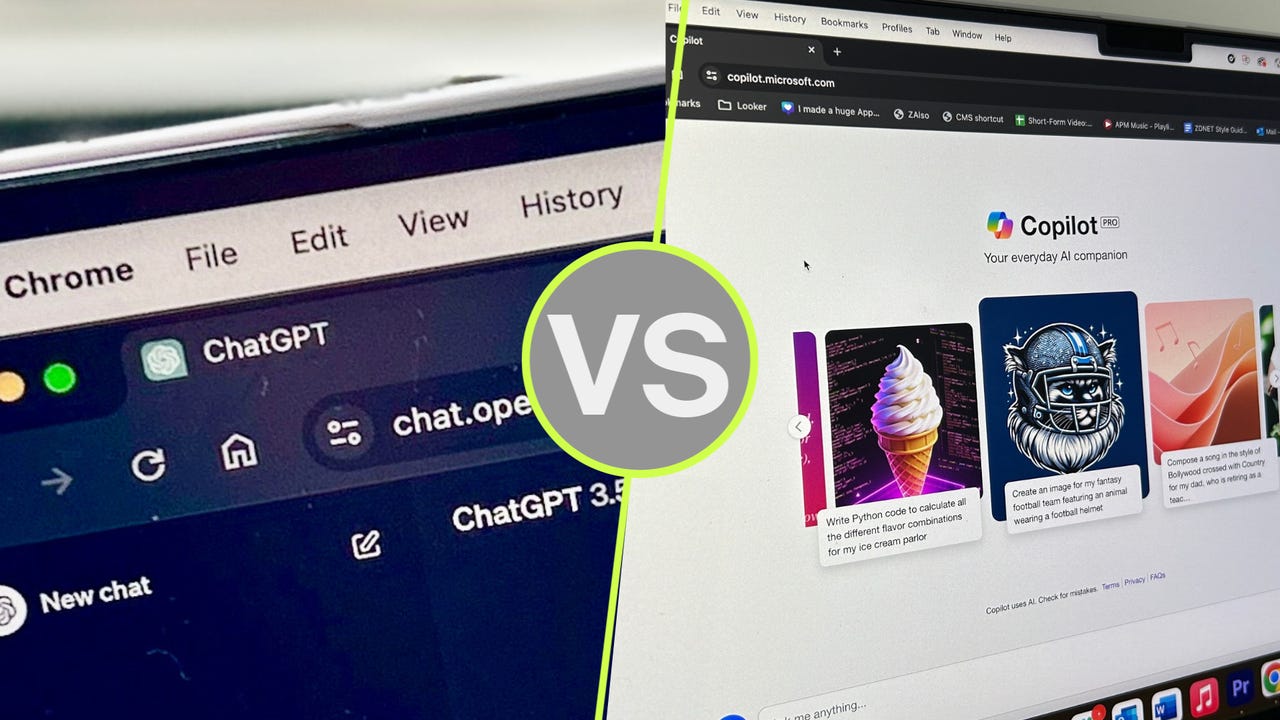'ZDNET Recommends': What exactly does it mean?
ZDNET's recommendations are based on many hours of testing, research, and comparison shopping. We gather data from the best available sources, including vendor and retailer listings as well as other relevant and independent reviews sites. And we pore over customer reviews to find out what matters to real people who already own and use the products and services we’re assessing.
When you click through from our site to a retailer and buy a product or service, we may earn affiliate commissions. This helps support our work, but does not affect what we cover or how, and it does not affect the price you pay. Neither ZDNET nor the author are compensated for these independent reviews. Indeed, we follow strict guidelines that ensure our editorial content is never influenced by advertisers.
ZDNET's editorial team writes on behalf of you, our reader. Our goal is to deliver the most accurate information and the most knowledgeable advice possible in order to help you make smarter buying decisions on tech gear and a wide array of products and services. Our editors thoroughly review and fact-check every article to ensure that our content meets the highest standards. If we have made an error or published misleading information, we will correct or clarify the article. If you see inaccuracies in our content, please report the mistake via this form.
ChatGPT vs. Copilot: Which AI chatbot is better for you?

Since ChatGPT launched in November 2022, AI chatbots have been the talk of the internet. ChatGPT's abilities to generate text, talk conversationally, write code, and do so much more have driven huge demand for the chatbot.
Naturally, seeing ChatGPT's massive success, other companies rushed to compete in the generative AI space.
Also: The best AI chatbots: ChatGPT and other noteworthy alternatives
Shortly after ChatGPT's launch, Microsoft announced its Bing search engine was getting an AI chatbot, known at the time as Bing Chat but later renamed to Copilot. Despite being designed for the same purpose, Copilot had some major advantages over ChatGPT, with the biggest perk being access to the internet for free.
In May 2024, however, OpenAI leveled the playing field, unveiling upgrades to the free version of ChatGPT that matched Copilot's features and then some. So, which chatbot should you use? To help make your decision easier, we compared ChatGPT (the free version) and Copilot.
You should use ChatGPT if...
1. You want to experience the hype for yourself
Since its launch, ChatGPT has been the leading AI chatbot and has served as the blueprint for the many AI chatbot alternatives that have entered the space.
Also: AI business is booming: ChatGPT Enterprise now boasts 600,000+ users
As a result, it has the most name recognition and popularity, and the hype is well deserved. ChatGPT is a capable chatbot that can provide insight and assistance on various topics, including technical areas such as writing and coding.
ChatGPT is currently free to use and open to everyone. Therefore, if you are curious about how an AI chatbot could benefit you, you might as well try the one that started the boom -- and find out what you like and need in a chatbot assistant.
2. You want free access to OpenAI's latest model, GPT-4o
The most compelling reason to try ChatGPT is to experience GPT-4o. In May 2024, OpenAI unveiled its latest and most advanced flagship model -- GPT-4o. As the name implies, the model has the same intelligence as GPT-4, which is impressive because GPT-4 outperformed its predecessor on nearly every benchmark, including reasoning, coding, English, and more.
Additionally, the "o" in the new model's title is a nod to its multimodal capabilities, which allow it to understand text, audio, image, and video inputs, and output text, audio, and images.
Also: 6 ways OpenAI just supercharged ChatGPT for free users
With the upgrade, free users can take advantage of features previously limited to paid users, such as getting responses from the web, uploading files and images, and accessing Memory and the GPT Store.
Eventually, free ChatGPT users will also be able to use the new Voice Mode, supercharged with GPT-4o's video and audio capabilities, to provide a more conversational experience and use the context from their environment to provide voice answers.
You should use Copilot if...
1. You want footnotes automatically added
One of the biggest problems with ChatGPT is the inability to confirm the accuracy of its responses, as the tool does not provide sources. Even though the May update to ChatGPT made it possible for the chatbot to browse the internet, ChatGPT still only provides links in some instances.
Also: AI taking on more work doesn't mean it replaces you. Here are 12 reasons to worry less
When you ask a question in Copilot, the chatbot automatically includes footnotes in its generated answers that lead you back to the source of its response. Click the footnote, and you will be sent directly to the web article in another tab.
This capability is useful when you use the chatbot to learn more about a subject. It's easy to explore further by clicking the provided links, especially if you want to learn more about certain parts of the answer.
2. You want more visual responses
Copilot resembles a search engine. The chatbot's responses include plenty of links and, in many instances, photos. The visual components add to the answers by providing context and making the user experience more engaging. The graphics the tool creates also often include additional information.
Alternatives to consider
Generative AI tools on the market offer different strengths. Here are others you can try:
View at GoogleView at Perplexity